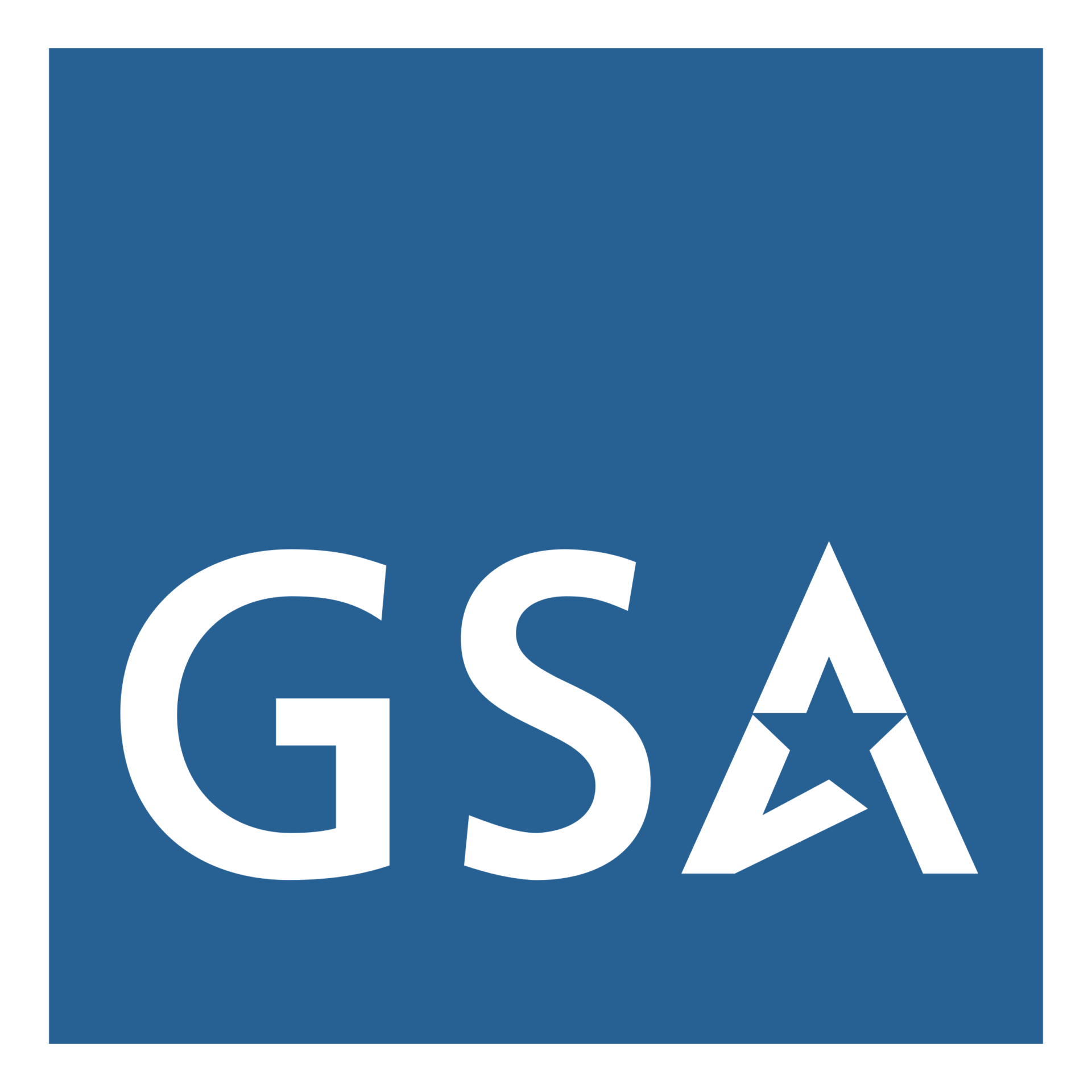E-2.3 Develop the Request for Proposals (RFP)
In accordance with FAR 15.203, an RFP is used in negotiated acquisitions to communicate the Government’s requirement(s) to prospective offerors and to solicit proposals. When developing the RFP, consider the following:
1. The RFP should clearly and effectively communicate the Government’s IP and data rights priorities. Incorporate delivery requirements and require offerors to assert their specific restrictions, if any.
2. Establish a clear understanding of the IP, data deliverables, and associated license rights requirements.
3. The required data or software must be a deliverable, assigned to a CLIN and associated with a CDRL.
4. Be transparent in articulating IP, data deliverables, and associated license rights requirements. Also, provide transparency for requirements related to data for operation, maintenance, installation, and training (OMIT); modernization; advanced/additive manufacturing; and sustainment objectives with industry.
5. Communicate early with industry. Provide details of the Army’s intended program product support/sustainment strategy (including sustainment needs and broad categories of data and/or software required).
6. Determine whether an offeror has the capability to deliver license rights for technical data and computer software necessary for depot level maintenance.
7. Consistent with 10 U.S.C. §§ 3771-3775, the contractor or subcontractor is not required to sell or relinquish to the Government any additional rights in technical data the Government is not already entitled to as a condition of being responsive to a solicitation or as a condition of contract award. However, additional rights conveyed to the Government may be considered part of a source selection tradeoff.
8. Once the technical data and/or software required to complement the maintenance and supply support strategies has been identified, include solicitation provisions and contract clauses related to patent, data, and software license rights. Typical clauses that should be considered for inclusion are:
Federal Acquisition Regulation (FAR)
FAR 52.227-1 Authorization and Consent
FAR 52.227-2 Notice and Assistance Regarding Patent and Copyright Infringement
FAR 52.227-3 Patent Indemnity
52.227-5 Waiver of Indemnity
FAR 52.227-6 Royalty Information
52.227-7 Patents-Notice of Government Licensee
FAR 52.227-9 Refund of Royalties
52.227-10 Filing of Patent Applications-Classified Subject Matter
FAR 52.227-11 Patent Rights – Ownership By the Contractor
FAR 52.227-13 Patent Rights – Ownership By the Government
FAR 52.232-39 Unenforceability of Unauthorized Obligations
Defense Federal Acquisition Regulation Supplement (DFARS)
DFARS 252.227-7013Rights in Technical Data—Other Than Commercial Products and Commercial Services.
DFARS 252.227-7014Rights in Other Than Commercial Computer Software and Other Than Commercial Computer Software Documentation.
DFARS 252.227-7015 Technical Data–Commercial Products and Commercial Services.
DFARS 252.227-7016 Rights in Bid or Proposal Information.
DFARS 252.227-7017 Identification and Assertion of Use, Release, or Disclosure Restrictions.
252.227-7018, Rights in Other Than Commercial Technical Data and Computer Software--Small Business Innovation Research (SBIR) Program
DFARS 252.227-7019 Validation of Asserted Restrictions--Computer Software.
DFARS 252.227-7020 Rights in Special Works.
DFARS 252.227-7025 Limitations on the Use or Disclosure of Government-Furnished Information Marked with Restrictive Legends.
DFARS 252.227-7026 Deferred Delivery of Technical Data or Computer Software.
DFARS 252.227-7027 Deferred Ordering of Technical Data or Computer Software.
DFARS 252.227-7028 Technical Data or Computer Software Previously Delivered to the Government.
DFARS 252.227-7030 Technical Data--Withholding of Payment.
DFARS 252.227-7037 Validation of Restrictive Markings on Technical Data.
(NOTE: Regulations change over time and should be checked frequently for currency and content. Not all of the listed clauses above are appropriate together in any particular solicitation or contract. Other clauses may also be appropriate when there is development other than exclusively at private expense. Contract provision and FAR/DFARS clause selection should be modified to fit each effort. In addition to the standard acquisition attorney review, an IP attorney should be consulted prior to the release of any solicitation/contract award involving IP deliverables and associated license rights.)
9. Request that offerors propose their own sustainment transition plan and use it as an evaluation factor (technical sub factor – Supportability and Maintenance).
10. For trademark license rights and protection of Government Program names and model designators consult a Government IP or patent attorney for guidance.
11. Require offerors to submit computer software and data rights assertions of restrictions in a table consistent with DFARS 252.227-7013, DFARS 252.227-7014, or DFARS 252.227-7017.
12. Request that offerors propose all cost(s)/price(s) to acquire additional license and patent rights than the Government is entitled to and explain any limitations that may be imposed by the offeror. Include FAR 52.227-6 in solicitation if appropriate and certifies cost and pricing data is required. (Note: The offeror is required to identify/disclose any royalty cost(s)/price(s) for third-party patents proposed to be used in performance of the contract.)
13. Ensure the MOSA requirements are set forth in the PWS, SOW, or Statement of Objectives (SOO), (Section C) of RFP, for a proposed Open Systems Management Plan and incorporated in resulting contract.
 An official website of the United States Government
An official website of the United States Government


